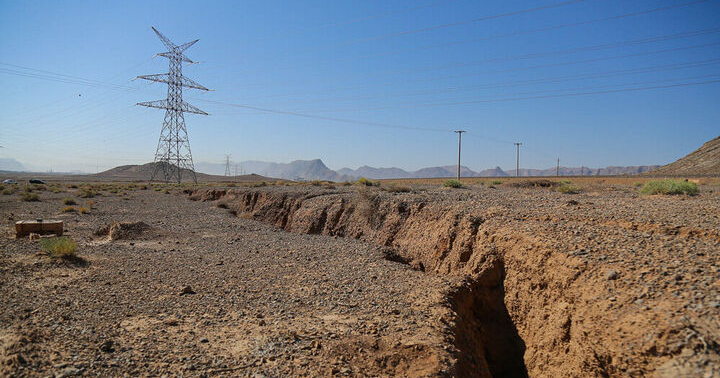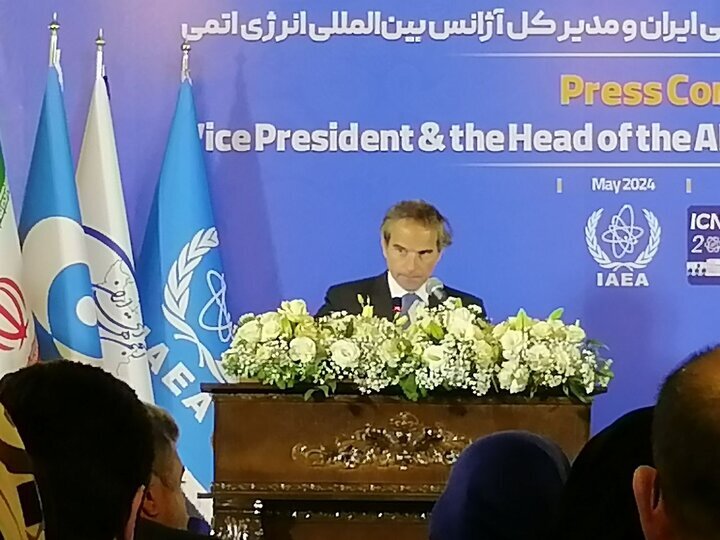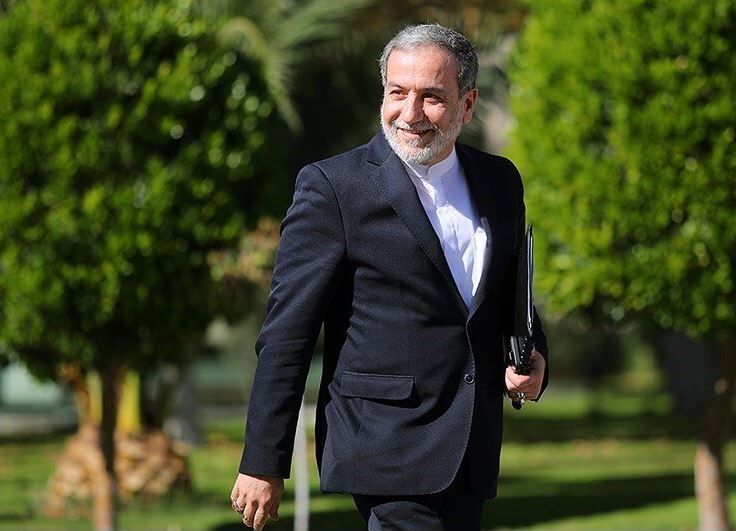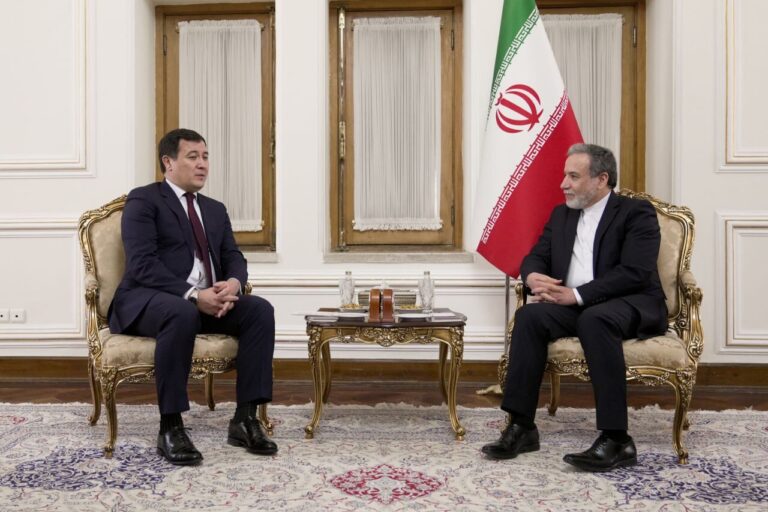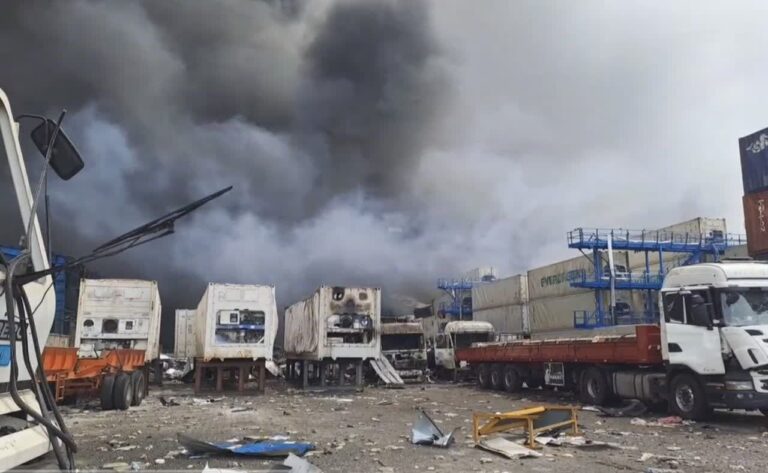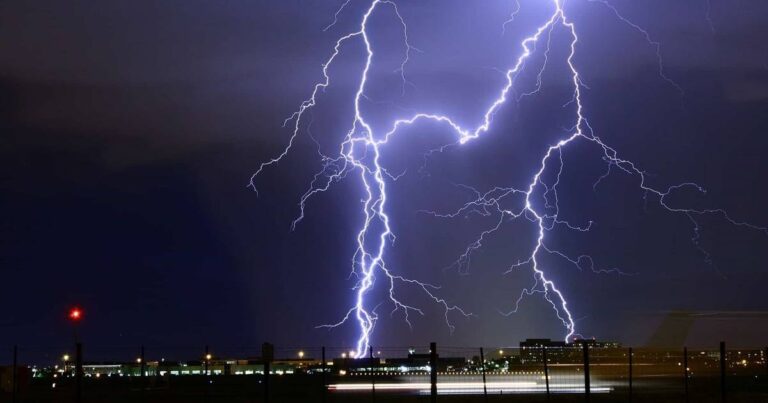Iran’s Water Crisis: A Looming Earthquake Threat, Experts Warn
Iran is currently facing a severe water crisis that goes beyond just the depletion of its aquifers; it is also setting the stage for potentially catastrophic earthquakes, according to a prominent geology expert, Mehdi Zare. The prolonged drought conditions, combined with excessive groundwater extraction, are fundamentally altering underground stress levels, which may lead to seismic events in major cities such as Tehran, Isfahan, and Mashhad.
In an article published on Rokna news, Zare elaborated on how drought can indirectly influence seismic activity through human actions, particularly the over-extraction of groundwater. This practice modifies subsurface conditions, potentially activating critically stressed faults, especially in regions sensitive to tectonic activity.
As aquifers continue to be depleted, the earth’s crust undergoes a process of rebound, redistributing pressure and changing fault dynamics. This phenomenon, compounded by reductions in pore pressure, increases the likelihood of fault lines reaching a breaking point. Notably, in certain areas of Tehran, groundwater levels are dropping by as much as two meters annually, while land subsidence has reached alarming rates of 31 centimeters per year in parts of southwest Tehran, as reported by government data released in March.
The implications of these geological changes are significant. For instance, the 2017 Malard earthquake, which registered a magnitude of 5.0, occurred near a subsiding area, highlighting the potential risks associated with groundwater depletion. Zare has pointed out that similar patterns of groundwater level fluctuations leading to small earthquakes have also been observed in regions such as California, India, and Spain.
Ali Beitollahi, the head of earthquake engineering at Iran’s Ministry of Housing research center, echoed these concerns, describing the situation as a destructive cycle. He stated, “Population grows, water becomes scarce, more dams and wells are built—and so we drill again.” Beitollahi criticized the government’s strategy, which seems to prioritize the acquisition of more water resources rather than effectively managing existing demand. “We are now hearing plans to drill deep wells in Tehran this summer,” he added. “Our mismanagement is taking us to a dangerous place.”
Currently, Iran’s water reserves have plummeted to critical levels, accelerating the risk of shortages and prompting officials to consider water rationing long before the peak summer demand period. The water supply in Tehran is under extreme strain, as key dams have reached record low capacities. For example:
- Latian Dam: 12% capacity
- Mamlou Dam: 12% capacity
- Lar Dam: 1% capacity
- Karaj Dam: 7% capacity
Nationwide, rainfall is only at 82.9% of normal levels, while dam inflow has dropped to just 42%. Officials are now urging a 20% reduction in water usage, as 19 provinces are facing significant water stress.
With 40% of Tehran’s aquifer already depleted and urban centers continuing to expand, experts assert that the window for effective action is rapidly closing. Without comprehensive reforms in water governance and a strategic redistribution of the population, Iran risks transforming an already dire drought situation into an unprecedented disaster—both above ground and below.
The urgent need for sustainable water management practices cannot be overstated. Addressing the water crisis is crucial not only for ensuring the availability of this vital resource but also for mitigating the geological risks that accompany its depletion. As the country grapples with these challenges, the path forward must prioritize long-term solutions that consider both environmental sustainability and community resilience.
